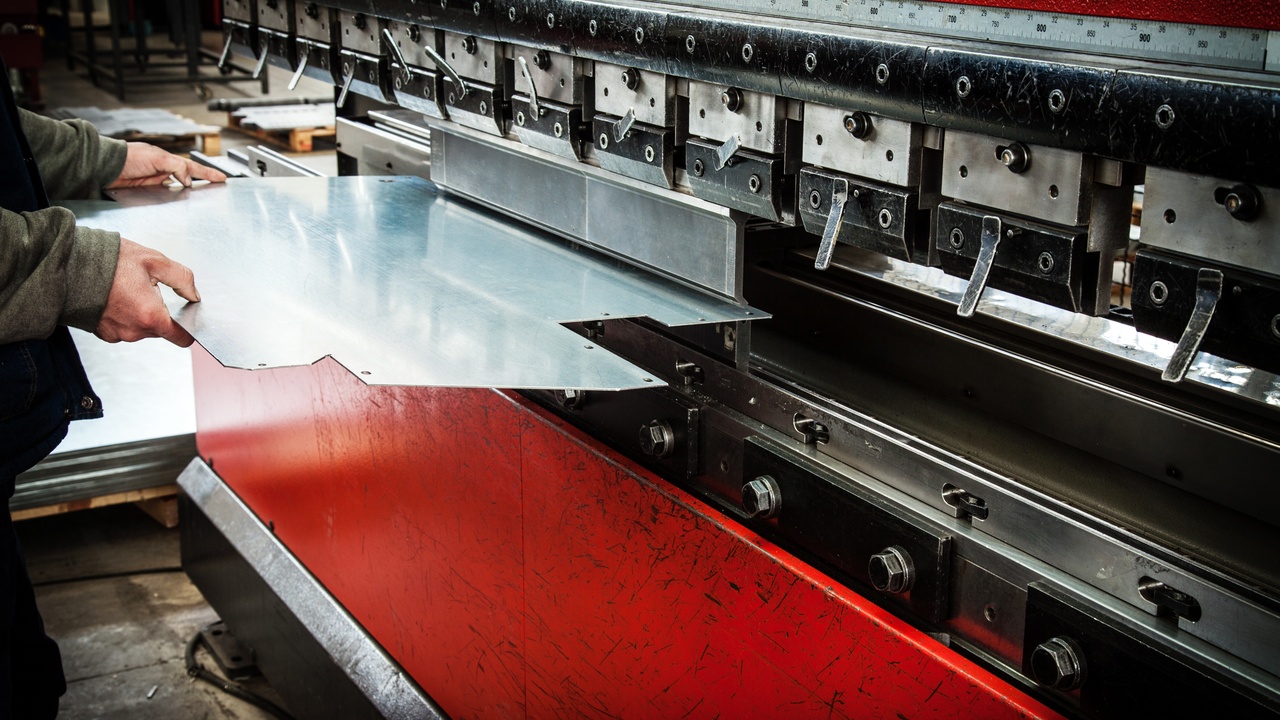Metal bending machines are essential in welding and auto body repair workshops. These machines bring precision and efficiency into projects by manipulating metal sheets with ease. However, misuse or misunderstandings surrounding their operation can lead to avoidable setbacks, equipment damage, and safety risks. Understanding the common mistakes to avoid when using metal bending machines is critical to ensure quality results and long-term machine performance.
Not Understanding the Machine’s Specifications
Before starting any project, understand the machine’s specifications. Each machine is built for specific tasks, which depend on factors such as maximum material thickness or bending radius. Ignoring this information can lead to operational failures or a breakdown. Carefully reviewing the user manual and familiarizing yourself with the equipment’s capabilities is the most effective way to ensure smooth operation.
Incorrect Material Handling
Materials differ not only in thickness but also in hardness and bending properties. Misjudging these factors often leads to poor bends or severe damage to the workpiece and machine parts. Manufacturers strongly advise comprehensive training to properly handle material variations. Becoming familiar with common materials and their characteristics will vastly reduce errors and ensure optimal results.
Using the Wrong Bending Tools or Dies
Tooling matters when you’re using different sheet metal fabrication techniques. Choosing the wrong bending tool or die leads to poor-quality bends and unnecessary machine stress. Professional-grade tooling doesn’t just improve your machinery’s output; it also protects it from potential wear. Frequent inspection and investment in appropriate tooling go a long way in maintaining top-tier performance.
Failing To Calibrate the Machine Properly
Calibration is essential to achieve precise and consistent bends. Machines that aren’t properly set up will deliver inconsistent results that can compromise the structural integrity of components. Following the machine’s manual to conduct regular adjustments ensures that calibration issues do not derail project timelines or outcomes.
Ignoring Safety Protocols
Safety is paramount when operating metal bending machines. These powerful tools can cause serious injuries if basic safety guidelines are neglected, such as not using proper personal protective equipment (PPE) or failing to keep the workspace clear. Accidents can happen quickly, so it’s essential to adopt safety-conscious habits every time you use the machine. Always wear the correct PPE—gloves, eye protection, and steel-toed boots—to protect yourself from flying debris and machine malfunctions.
By prioritizing these safety measures, you can protect yourself and your team, fostering a safer and more efficient work environment.
Poor Alignment of Workpieces
Accurate alignment is critical for ensuring precise results. Misaligned workpieces often lead to uneven bends, material waste, and production delays. Employing alignment tools and adhering to proper techniques ensures that your operation remains smooth and your output professional.
Understanding these common mistakes to avoid when using metal bending machines is key to ensuring safety and efficiency in your operations. By investing in the right tools, thorough training, and diligent maintenance, you can maximize the potential of your machines while safeguarding your workplace.

